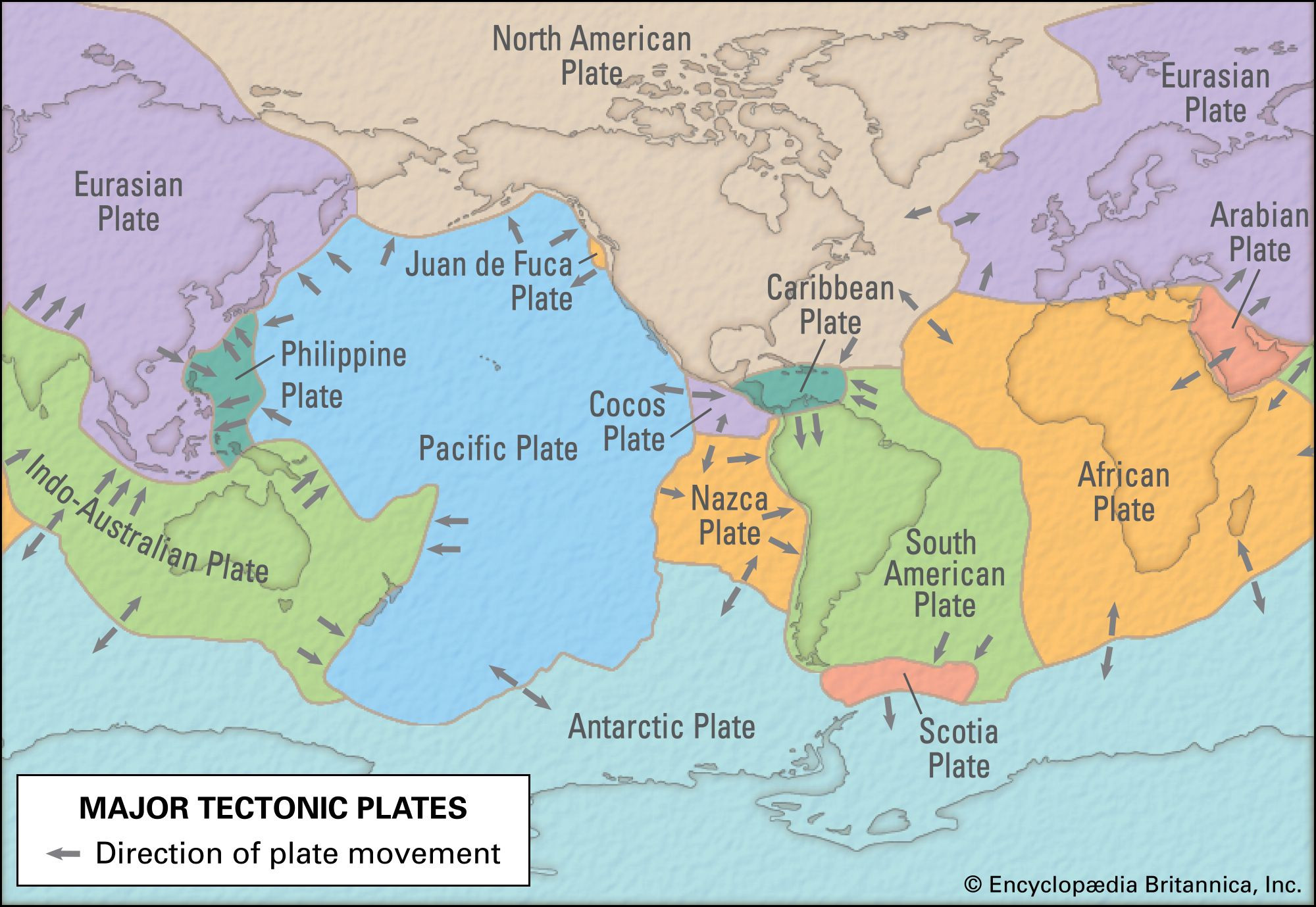The Mexico City earthquake of 1985 stands as a stark reminder of nature’s power and the enduring strength of community. On the morning of September 19, 1985, at 7:18 am local time, a magnitude 8.0 earthquake struck off the coast of Michoacán, Mexico, unleashing catastrophic consequences, particularly in Mexico City. This seismic event not only caused immense physical destruction but also triggered a profound social and political awakening in the nation.
The earthquake’s epicenter was located approximately 200 miles (320 km) from Mexico City, in a seismically active zone where the North American Plate and the Cocos Plate converge. This area, part of the Middle America Trench and the broader Circum-Pacific Belt (Ring of Fire), is characterized by frequent tectonic activity. The specific location was identified as the Michoacán seismic gap, a region where seismic energy had been accumulating since 1911, making it a prime location for a major earthquake. The intense shaking originated from the subduction zone along this trench, highlighting the volatile geological forces at play beneath the region. A significant aftershock, nearly as powerful as the initial quake, struck the following evening, further compounding the disaster.
While the earthquake’s impact was felt across several states, including Michoacán and Jalisco, Mexico City bore the brunt of the devastation. This disproportionate impact was largely due to the city’s unique and precarious topography. Mexico City is built on the dry bed of Lake Texcoco, a former lake system. The underlying soil consists of loose, water-saturated sediments from the ancient lakebed. These lacustrine sediments dramatically amplified the seismic waves, causing ground motion in the city center to be up to five times stronger than in surrounding areas with firmer ground. Buildings between 5 and 15 stories high were particularly vulnerable. The seismic waves resonated with the natural frequency of these mid-rise structures, leading to a phenomenon known as resonance, which significantly increased the swaying and stress on buildings, ultimately causing widespread collapse. Over 400 buildings crumbled, and thousands more sustained significant damage, altering the cityscape forever.
 Map showing the major tectonic plates of Earth, including the Cocos and North American Plates relevant to the 1985 Mexico City earthquake.
Map showing the major tectonic plates of Earth, including the Cocos and North American Plates relevant to the 1985 Mexico City earthquake.
The immediate aftermath of the 1985 Mexico City Earthquake plunged the capital into chaos. The earthquake severed power lines, crippling essential services. The loss of electricity shut down public transportation and rendered traffic lights useless, causing widespread gridlock and hindering initial rescue efforts. Communication systems were also severely disrupted; damage to telephone lines effectively cut off Mexico City from the outside world for days. Adding to the crisis, the government’s initial response was slow and widely criticized. President Miguel de la Madrid’s administration hesitated to fully implement the national emergency plan and initially declined international aid offers. This inaction was perceived by some as an attempt to limit the political influence of the military, which would naturally play a key role in disaster relief.
In the face of government inaction, the citizens of Mexico City rose to the occasion. Ordinary residents took the lead in rescue and relief efforts. Neighbors and colleagues spontaneously organized themselves to dig survivors out of the rubble, establish makeshift aid stations, and distribute essential supplies. People from less affected parts of the city flocked to the devastated central districts, offering assistance and solidarity. This remarkable display of community spirit and self-organization became a defining characteristic of the earthquake’s aftermath. While many lives were saved through these heroic efforts, the official death toll was estimated at 10,000, though many journalists and eyewitnesses believed the actual number to be considerably higher. The city’s medical infrastructure was also severely strained, as several major hospitals were among the damaged buildings, complicating the treatment of tens of thousands of injured.
Beyond the immediate tragedy, the 1985 Mexico City earthquake had significant long-term social and political ramifications. Approximately 250,000 people were left homeless, becoming known as damnificados. These displaced citizens, alongside existing grassroots organizations, coalesced into a powerful social movement known as Coordinadora Única de Damnificados (CUD). The CUD became a significant political force, demanding that the government prioritize the needs of the earthquake victims. Their key demand was for the government to expropriate the destroyed properties and build new housing for the displaced residents in the same locations, rather than relocating them. Faced with the organized strength of the CUD and the clear need for reconstruction, the government eventually conceded to many of their demands. With financial assistance from the World Bank, nearly 100,000 homes were rebuilt or refurbished within two years. While the CUD dissolved in 1987 after achieving its primary goals, some constituent groups continued as Asamblea de Barrios, advocating for low-income housing. The 1985 Mexico City earthquake, therefore, not only reshaped the physical landscape of the city but also played a crucial role in fostering civic engagement and demanding greater government accountability, leaving an indelible mark on Mexican society.